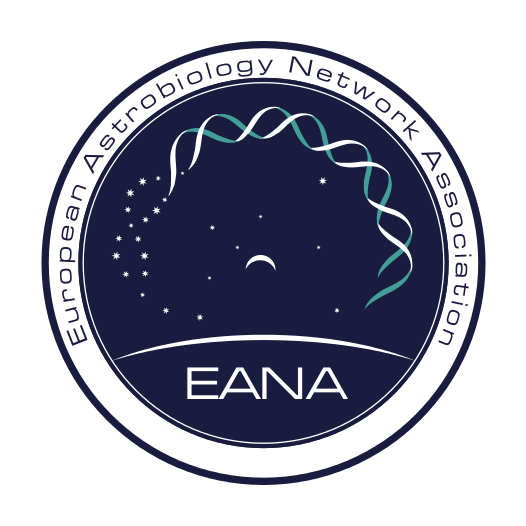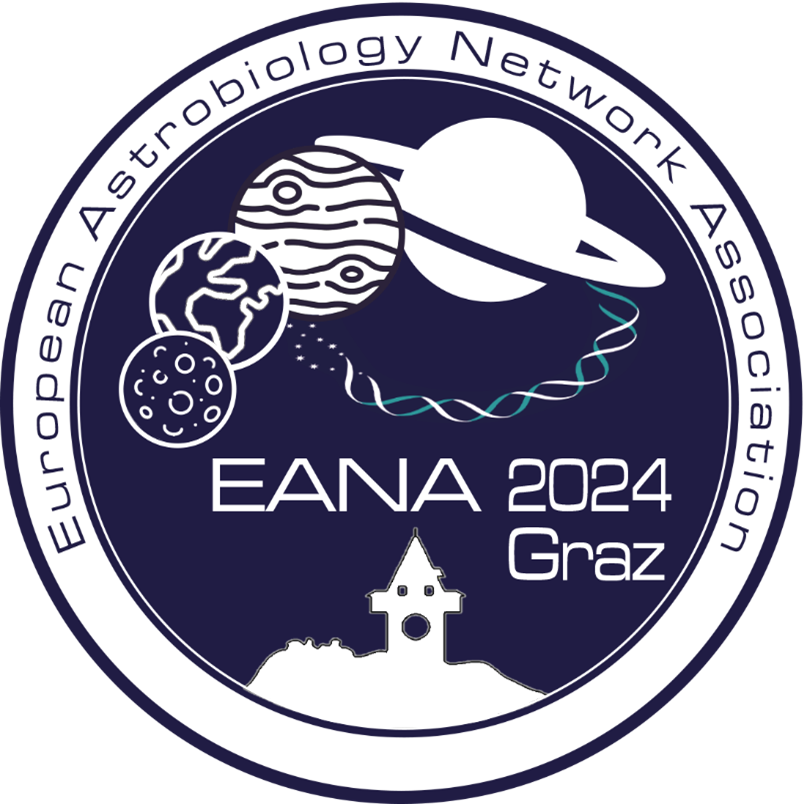 |
Abstract EANA2024-125 |

|
Science outcomes of the report of the Expert Committee for the Large-class mission in ESA’s Voyage 2050 plan covering the science theme “Moons of the Giant Planets”
Following the final recommendations from the Voyage 2050 Senior Committee Report, in December 2021, the European Space Agency (ESA) appointed an Expert Committee for the Large-class (L4) mission covering the science theme “Moons of the Giant Planets”.
The Expert Committee has considered how a new ESA L4 mission could address priority topics such as habitability, prebiotic chemistry, and biosignatures, providing new knowledge significantly beyond any previous space missions. The Expert Committee has considered planetary probe missions to one or more of the moons of Jupiter and Saturn, with a targeted launch date in the early 2040s, and different possible mission scenarios that would ensure the L4 mission to deliver a transformational scientific return. Several aspects of the habitability of ocean worlds need to be addressed by future space mission, including 1) The issue of habitability of ocean worlds and the interaction between the surface and the interior; 2) The issue of habitability of oceans worlds and the interaction with the external environments; and 3) The identification of prebiotic chemistry and the search for biosignatures on ocean worlds.
Based on these three themes (i.e., their relevance), and considering whether planned space missions to the moons of giant planets address the proposed science objectives , the Expert Committee identified Saturn’s moon Enceladus as the most interesting target, followed by Titan in the same system, and Jupiter’s moon Europa. In order for the mission to be really transformational, it should include an in-situ sample acquisition, either using a lander or by sampling ejecta during plume flythroughs to access fresh material from the subsurface. An Enceladus south polar lander with an orbiter and plume sampling system would be the optimum candidate for the L4 mission. This would be achievable by a dual launch configuration (A64+A64), with Near-Earth rendezvous prior to escape. For Titan, the Expert Committee has suggested the investigation of lake sediments, a very different type of landing location with respect to past or selected missions. In order to meet the goals for Titan, the mission should include a Titan orbiter, which seems currently challenging according to performed studies. Additionally, a reconnaissance phase and an autonomous hazard detection and avoidance system would be required to ensure targeted and safe landings on selected terrains. Furthermore, an additional tour of other moons considered to potentially host a liquid subsurface should be performed, e.g., Mimas.
Any of the above L4 mission concepts will dramatically improve our understanding of the habitability and the detection of biosignatures on our solar system, and would guarantee that ESA would have a leadership position in the science theme “Moons of the Giant Planets”.
Acknowledgements.
We thank the ESA L4 Study Team for useful discussions and support.
